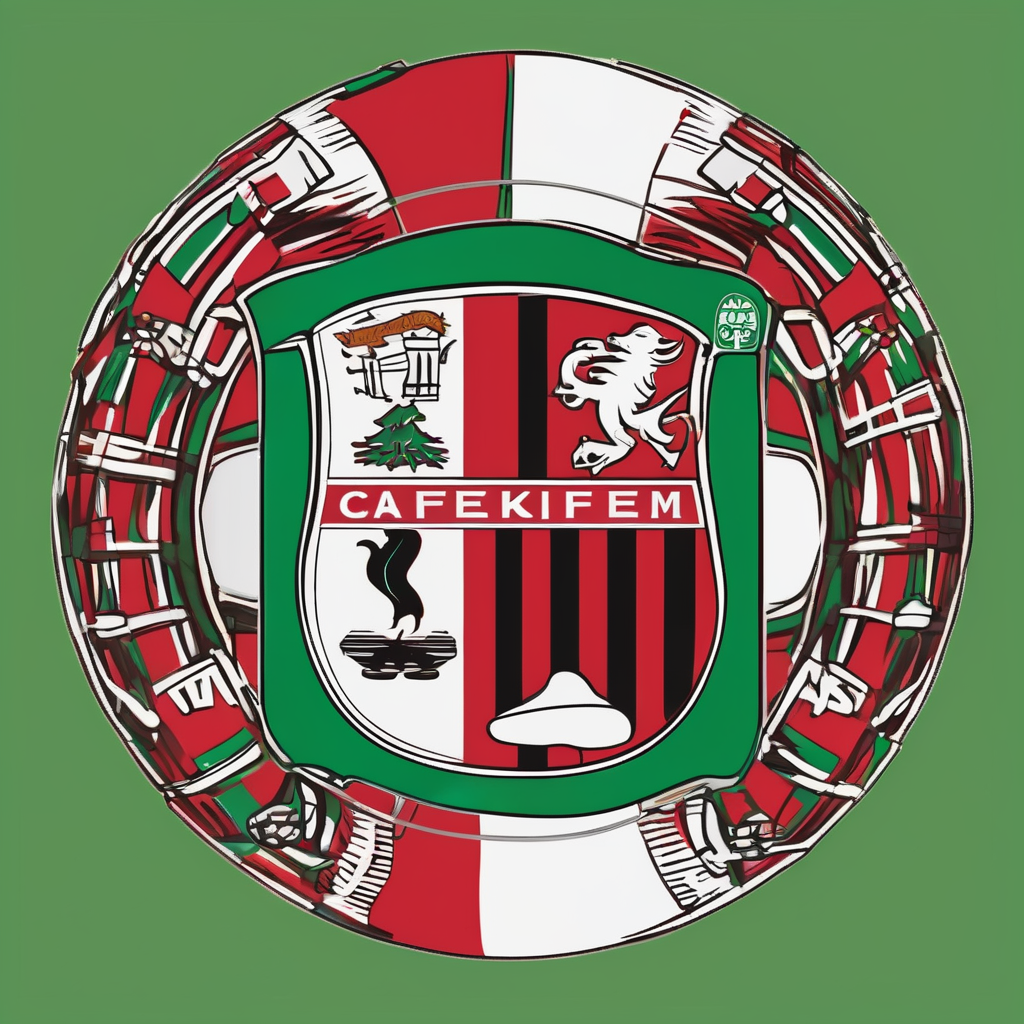In 2017, Spencer Harris, a board member of Wrexham AFC during a period when fans were managing the club, approached the Welsh Assembly seeking financial assistance to restore the Racecourse Ground into an international venue. He illustrated the significant north-south divide in Wales by showcasing a map highlighting the M4 motorway, which connects the southern cities of Cardiff and Swansea with England, underlining that all major international sports events in Wales were traditionally held south of this route.
Harris and his fellow Wrexham board members emphasized that while a few national museums exist in north Wales, none are situated in the northeast, revealing a clear need for equity in resource distribution. A 2011 census indicated a population of approximately 687,000 in north Wales, compared to a staggering 2.5 million in the south, making the case for significant investment in northern regions evident.
Fast forward eight years, and the groundwork has begun on a new Kop stand that is a key aspect of the Wrexham Gateway Project, partly funded by the Welsh Government. This effort signifies a welcome advance towards addressing the long-standing disparities felt by fans in the region, although many still feel the impacts of the divide. This week, the longstanding rivalry between north and south Wales is set to unfold on the football pitch, as Cardiff City visits Wrexham’s Racecourse for the Carabao Cup fourth round, a much-anticipated clash that has not occurred in years.
Tomi Caws, a lifelong Wrexham supporter and host of the vlog series “This Week in Wrexham,” expressed the extent of this divide, noting that regardless of political affiliation, fans from north Wales have often felt sidelined compared to their southern counterparts and the capital city. He recalled how, in the past, the Welsh media consistently focused on Cardiff and Swansea, often neglecting Wrexham. However, the recent successes of Wrexham, notably after being acquired by well-known actors Ryan Reynolds and Rob McElhenney, have shifted public perception, bringing increased attention to the club.
As the two teams prepare to clash, there are echoes of nostalgia and significant historical context. The last encounter between Wrexham and Cardiff in a league setting dates back to November 2001 and when Cardiff last traveled north for an official league match, they claimed victory in the third tier. Since then, both clubs have followed divergent paths; Wrexham faced relegation from the Football League in 2008 and returned 15 years later, while Cardiff experienced stints in the Premier League.
With the current footballing landscape shifting, Wrexham is on the rise after securing three consecutive promotions, while Cardiff finds itself facing relegation. This transformation has reignited old rivalries, especially as Cardiff supporters recognize the astonishing turnaround of Wrexham, which is now drawing international attention, particularly in the U.S.
Brian Flynn, who managed Wrexham for over a decade and has overseen numerous Wrexham-Cardiff fixtures, highlighted the passionate rivalry between the clubs, marked by fierce competition and a desire to establish dominance as Wales’ best team. This rivalry has seen dramatic highs and lows, especially during memorable encounters in their storied histories.
Alan Cork, formerly in charge of Cardiff, reflected on the importance of these matches and how passionately Welsh fans engage in rivalries. As the teams gear up for this long-awaited encounter, fans on both sides are filled with anticipation for what is sure to be a thrilling match.
Shifting dynamics in Welsh football can bring renewed pride and excitement, as rival clubs, once on disparate paths, now face off amid a backdrop of growing competitiveness. Supporters are eager to see how this historic clash unfolds, with many hoping this bout will be a turning point in seasons for both clubs, reaffirming the importance of community and regional pride in Welsh football.
